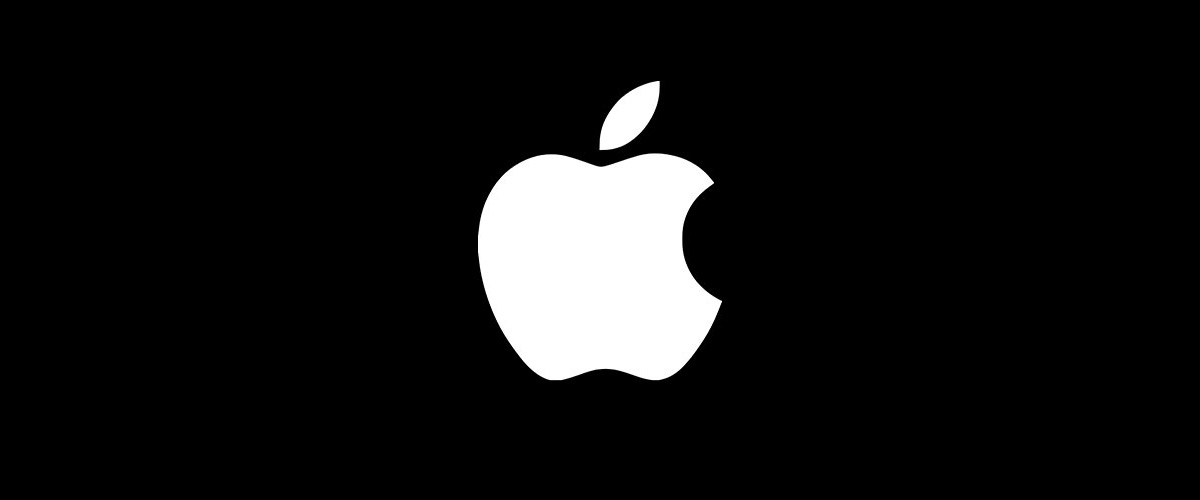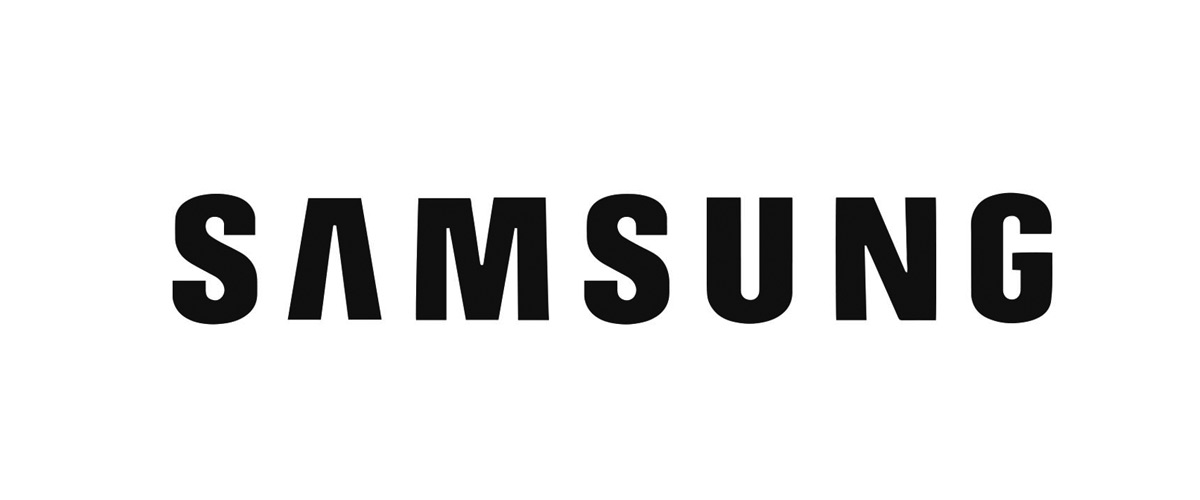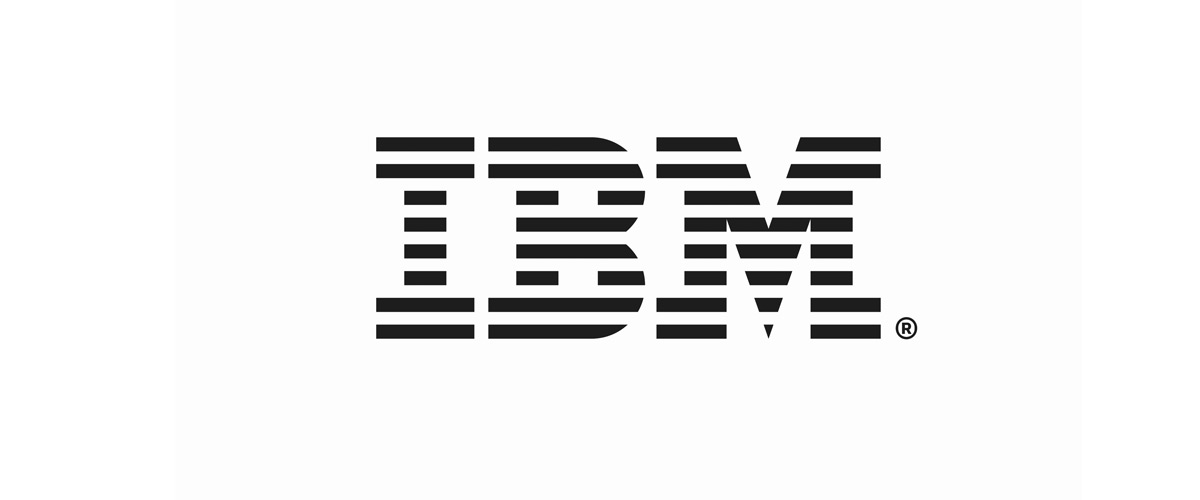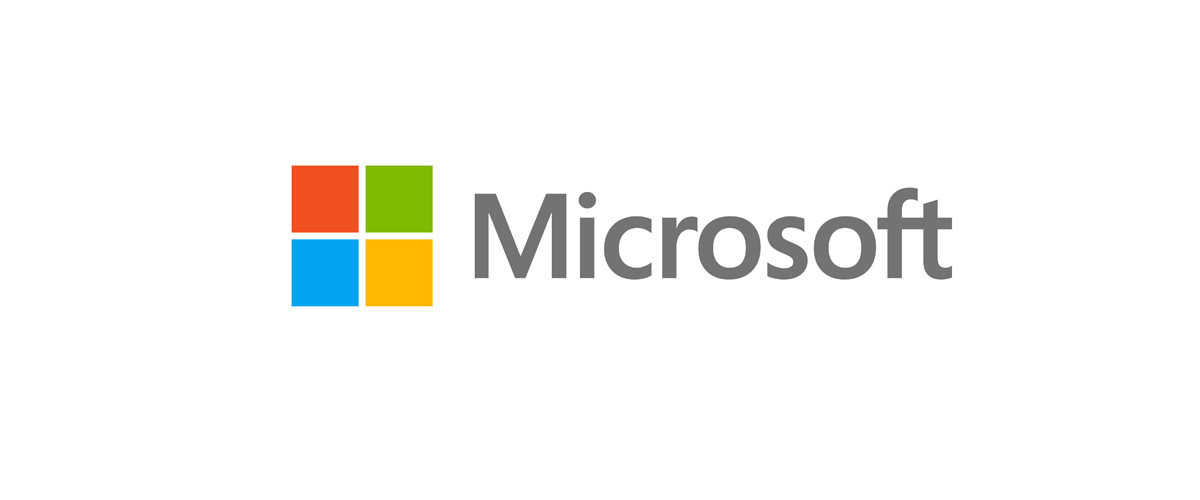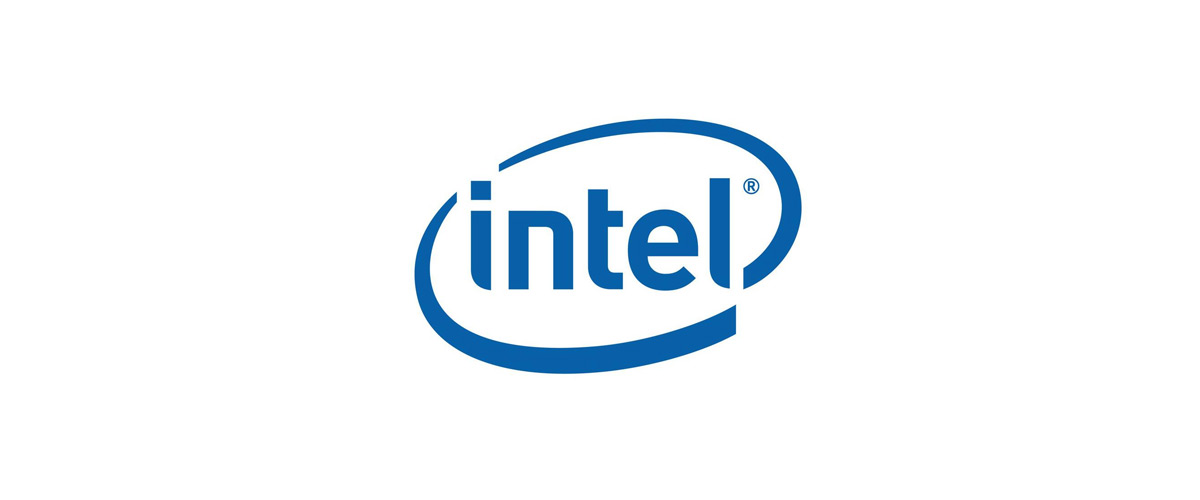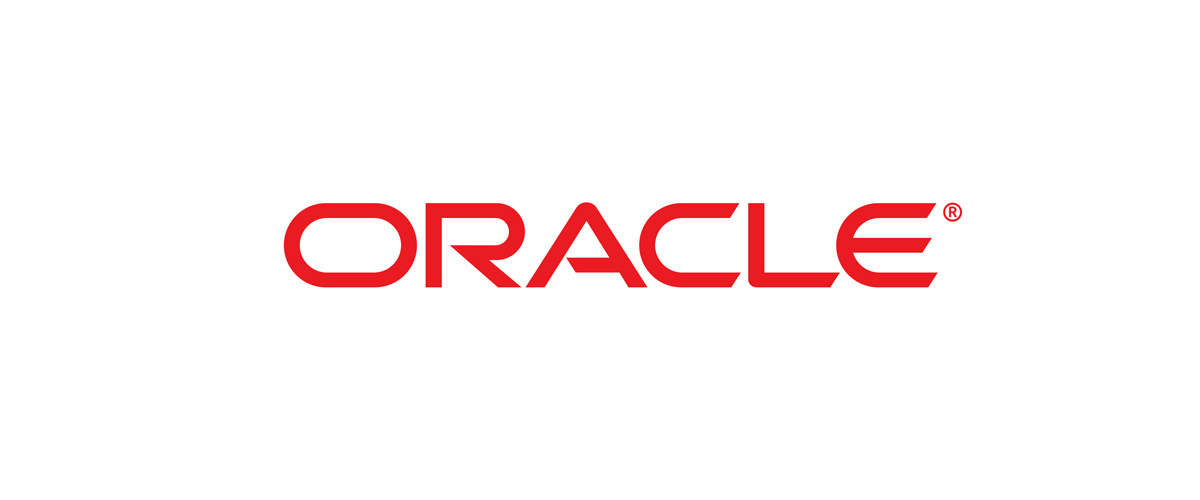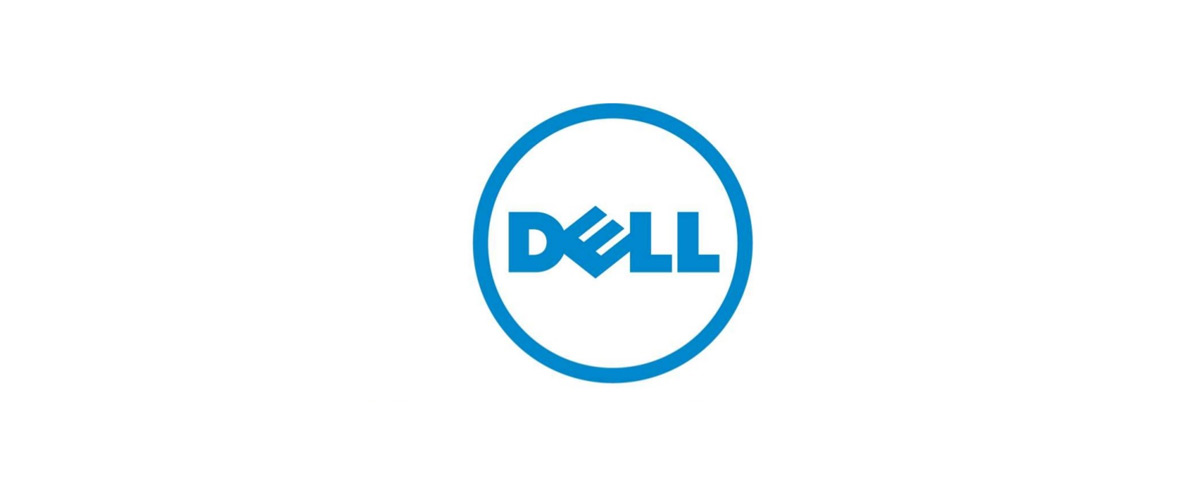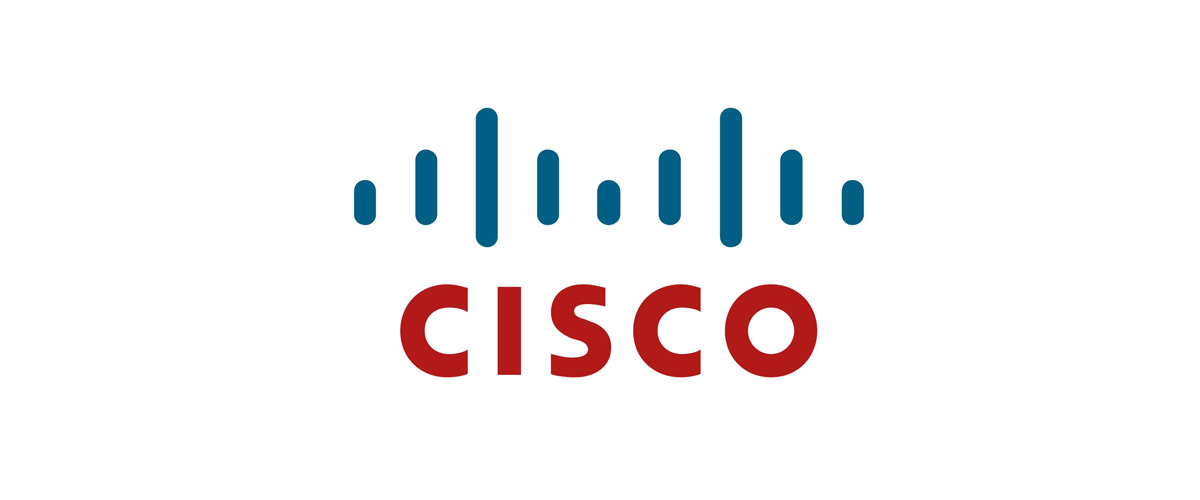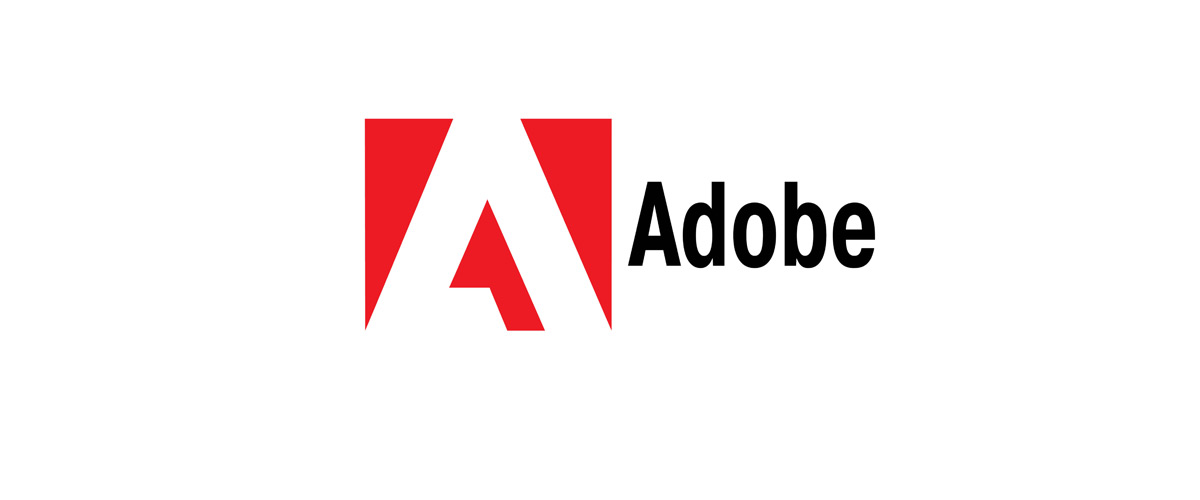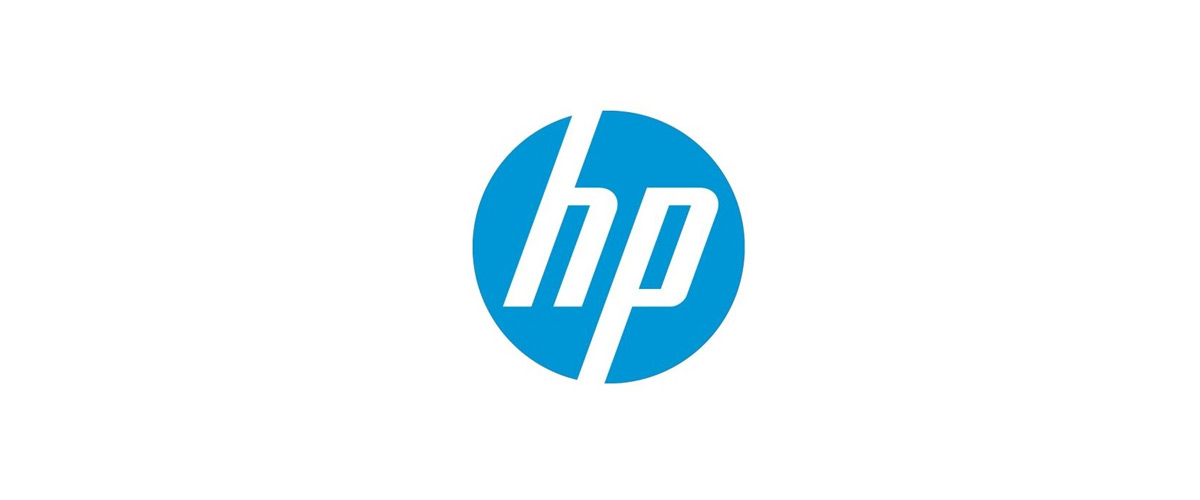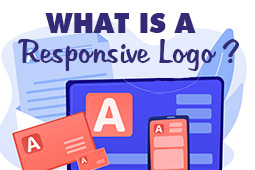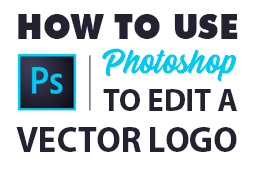From software to hardware, smartphones to smartfridges, tech companies live on the border between our modern world and the future. And although their tech supports nearly every other business on the planet, the tech companies themselves are distinct from all other industries in their company culture, marketing, and even logo design.
The tech industry is paradoxically both inclusive and exclusive, integrating seamlessly with other industries while simultaneously staying distinct. We can see this reflected in their logo design — and aspiring new tech startups would do well to understand what design techniques separate them from other logos.
So here we analyze 10 of the best logos in the tech industry, explaining what they do well so that you can design your tech logo appropriately. We’ll cover some practical takeaway tips and even show you how to design your own logo at home — after all, many of these very logos originated, not from multimillion-dollar design agencies, but in the shabby garages these companies were founded in.
The 10 Best Tech Logos
Apple
We’d be remiss not to start with Apple — not just one of the best tech logos, but one of the best logos of any industry.
For starters, it clearly depicts the company’s name. Even if you never saw the logo before, you could easily guess the company it belongs to. But their logo goes beyond that — plenty of companies have apples in their logos, but Apple’s apple outshines them all.
Why exactly? Part of the appeal is the curves. Apple’s logo is almost all circular curves, with the exception of the points at the bite and on the leaf. As we explain below, curves and circular shapes are playful and friendly, and tend to invite the viewer in. For Apple specifically, who has a strong community of fans, this helps create an in-group feeling to both improve loyalty and incentivize newcomers to join.
Samsung
Apple’s logo is doing its own thing — what more would you expect from a company with the slogan “think different.” But with Samsung, we start to recognize some of the common traits of tech logos, namely the creative wordmark logo and the color blue.
Wordmark logos — logos revolving around the company name in text — are common in the tech industry as a means to boost name recognition. The trick to keeping a wordmark logo interesting, as Samsung proves, is to do something creative with the typography. In this case, it’s the unique, characteristic letter A, coupled with the first and last letters breaking the border of the oval frame.
The color blue is a popular trend in tech logos as well, as we explain below. However, Samsung takes a darker shade than the others, giving the impression that they’re more serious and effective, but not quite as welcoming.
IBM
Creative, memorable, and depicting the brand in a positive light, IBM’s logo has always been a great success. Again we see the blue popular in tech logos, but that’s just the beginning of this intricate logo design.
The main feature is the repeated horizontal lines. On the surface, this just seems like a creative way to visualize their name, but from a graphic design perspective there’s more to it than that. Horizontal lines represent stability and calm, reminiscent of the horizon or the ground itself. The viewers’ eyes go primarily from left-to-right, making the brand seem level or balanced.
The typography of the letters, too, is deliberate. The thick, blocky font with thick, blocky serifs furthers the connotations of stability and reliability — the logo would not have the same impact with skinny or slanted letters.
Microsoft
Like Apple, Microsoft’s logo breaks the traditional rules of tech logos. The angular squares are a sharp contrast to the curvy circular shapes in the other logos, and the rainbow of soft colors is a degree warmer and friendlier than the more common blue. Learn more about color in our article : Meaning of colors and how to use them
Despite breaking tradition, the logo is highly effective. The playfulness of the colors mitigates the severity of the squares, so it’s still as inviting and welcoming as the other logos. It also conjures up the idea of a window, reminding people of Microsoft’s flagship Windows software.
The text of the wordmark logo walks the line between casual and formal, with strong straight lines but lacking serifs. The connected F and T at the end is a nice touch as well.
Intel
Intel’s logo seems almost too close to Samsung’s logos — a blue wordmark resting inside a slightly tilted oval, breaking out at the beginning and end of the word. Clearly they’re drawing on the same design techniques to promote both brand name recognition and a welcoming, inviting vibe.
And, like Samsung, Intel uses creative typography. Instead of Samsung’s A, they have a unique T with the left branch missing. The font uses curves smartly, particularly at the bottom of otherwise blocky letters — this, combined with the use of lower-case, makes Intel’s logo a lot more playful and casual and Samsung’s, but not quite as professional.
Oracle
Oracle ignores most of the trends for tech logos, and that’s precisely what makes it stand out. In a sea of blue, a bold red is hard to miss — while this makes Oracle seem less friendly, at the same time it makes it appear more powerful, attracting clientele who value potency over friendliness, at least where their tech needs are concerned.
The sharp angles of the font echo the power of their red color, in particular the R and A, where the points are easiest to see. Sharp angles represent energy and even aggression, but Oracle tempers these elements with extra curves on other parts of their typography.
Dell
By now you’ll recognize the common tech logo elements in Dell’s logo — the wordmark logo, the blue color, and the circular frame. But Dell takes these trends and puts its own unique spin on them, reaping their benefits while standing out at the same time.
Most obvious is that they use a full circle instead of an oval, which adds more emphasis to the word part of their logo. This effect is compounded with the unique twist in their E, easily recognizable as Dell’s trademark. The sharp corners of the letters blend well with the large circle frame, giving the impression of both formality and informality at the same time.
Cisco
Again, we see the blue and a prominent wordmark — but that’s the end of commonality in Cisco’s logo. Everything else is unique and, on deeper inspection, quite brilliant.
We’re talking about the original line pattern at the top of the logo. For one thing, this is a creative representation of the Golden Gate bridge, the emblem of San Francisco, the city where Cisco takes its name. So it’s not just an interesting design, it also subtly adds to brand identity and recognition.
But like the repeated horizontal lines in IBM’s logo, the series of vertical lines also communicates its own subtle message. Vertical lines represent power, authority, and leadership — guiding the viewers’ eyes up and down to give the impression of “overcoming” or “rising to the top,” perfect characteristics for a tech company.
Adobe
The software company responsible for Photoshop and Acrobat, Adobe takes a page out of Oracle’s book and prioritizes standing out over the benefits of conventional tech logo trends. They both use a similarly bold shade of red to showcase power and effectiveness. Also, read up on our logo trends article
What Adobe does differently, though, is predominantly use their lettermark logo — a logo that revolves around a letter, as opposed to an entire word. As a logo, Adobe’s A is easy to use in a variety of locations, from their website favicon to the corner of their letterhead.
That A lettermark logo also features its own design prowess. The sharp angles, as we said above, give a sense of energy and vitality, while the thick lines suggest strength and stability. Using empty space to “carve out” the letter is an artistic gamble, but fits perfectly with the company’s creative software, enjoyed by photographers and artists.
Hewlett-Packard
Last but not least, Hewlett-Packard takes a new spin on the old trends. The blue color and circular frame are nothing new, and the concept of parts of the letters breaking the frame at two points is not original either.
However, Hewlett-Packard utilizes theors initials rather than the whole word, which helps the logo “fill” the large circle, with less empty space than the Dell logo. The straight vertical-ish lines in the letters give the same “authoritative” atmosphere as Cisco, while the slant adds some interesting dynamism that helps it stand out.
How to Design Your Own Tech Logo: 3 Expert Tips
Blue, curves, and wordmarks — as long as your tech logo has those, it’ll be a success, right? Not exactly. While the trends themselves are easy to recognize, they’re a bit harder to reproduce in your own logo. Let’s take a look at the best practices for using these tech logo trends.
Circular Shapes and Curves
If you’ve been reading our other logo design articles, you might already know that circular shapes are curves make a logo seem more playful and fun. Because the human eye automatically follows lines, curvy lines and circles make the eye “dance” more than straight lines, making them more enjoyable to look at.
The circular and oval frames that encircle tech logos likewise both add a sense of unity and create a “whirlpool” effect that draws the viewer in towards the center, where the main focal point of the logo is. While circles accomplish this more efficiently, the more oval shapes are better for standing out, not to mention space conservation.
We see these techniques a lot in tech companies, and for good reason. Technology, in particular computer technology, is something foreign and esoteric to most people, including the bulk of these companies’ target customers. By “softening” the brand image with playful curves and being extra inviting with circular frames, tech logos compensate for the innate coldness and exclusivity of their industry.
Moody Blues
Looking at the 10 best tech logos above, it’s no secret that blue is the most popular color. In fact, blue is the most popular color for all logos, tech or otherwise.
According to color theory, where each color elicits certains emotional responses, blue evokes feelings of trust, calm, and inclusivity. It’s the color common in social media and banking, where mutual trust is paramount, as well as the tech industry. Just like circular shapes help mitigate the cold and distancing aspects of the tech industry, so too does the color blue.
The trick is choosing the right shade of blue. Light blues maximize the friendliness and trust aspects, such as Twitter’s bright blue, whereas dark blues take on more of the professional and proficient representations.
A company like Samsung, with its dark blue and straight, blocky typography, aims for a more serious and capable brand. At the same time Hewlitt-Packard, with its light blue and more inviting circle frame, poses as your friendly, easy-going tech-company-next-door.
Workmarks
Unlike Apple, whose name is perfectly represented by an object, most tech companies have names that have no direct image. No one’s even eaten an IBM and Dells don’t grow on trees.
That’s precisely why we see so many wordmark logos in the tech industry — often, there’s no direct icon to represent the names pictorially. Using a wordmark logo encourages people to remember the name as well as the logo by making them one-and-the-same.
When using this technique, typography is of the utmost importance. If you’re trying to appear powerful and effective, like IBM, bold and blocky letters are the way to go, with serifs if you also want to come across as professional. If you’re going for casual and down-to-earth, like Cisco, curvier fonts work better. Of course, if you always split the difference and have a little of both, like Intel or Oracle.
One best practice for this technique is to give one or two of your letters a special, memorable twist, like the A in Samsung or the E in Dell. This is a great boost for brand name recognition, and quickly that single letter becomes the most identifying factor in the entire logo.
How to Make a Tech Logo
Now that you have an idea of what goes into an effective tech logo, the question is, how do you make one? Essentially you have two options: hire someone to design it for you or design it yourself. Both have their own merits and drawbacks, so let’s examine both individually.
Hiring a Designer
Professional designers know by heart all the tips, tricks, and techniques we’ve mentioned above, and then some. When you hire a designer, freelance or from an agency, you’re buying their expertise just as much as their time.
The problem is, no skilled designer works for free. The most glaring downside of hiring a designer is the cost — talented designers charge hundreds or even thousands of dollars for logo design.
Sometimes you can find cheaper alternatives on sites like Fiverr, but those sites have a poor record for delivering what they promised, and there’s tons of ex-Fiverr users who felt they were ripped off. The industry standard for a logo design is around $200, so if someone charges $5, you’re right to be suspicious.
Moreover, even if you have the money to spare, it can be difficult to find the right designer for you. Graphic design is a creative field, so there are innumerable artistic styles to choose from. You have to be sure to find a designer who both understands your vision and is capable of bringing it to life, but that can take time.
Design a Logo Yourself

If you don’t have spare cash in your budget for a logo, don’t despair. While in the past you may have had limited options, nowadays technology has advanced so that virtually anyone can design their own logo using an online logo design tool like logogenie.
In our digital era, design software is less about the technical skill of your hands and more about your creative ideas. You don’t need to master your brush strokes or pencil shading — you don’t even need steady hands. With digital logo makers, all you need is an idea.
Logogenie, and other online design tools, use templates to make design fast and easy, even for first timers. First, you select your industry from the dropdown menu.
We’ve categorized our templates by the needs and demands of the top industries, so finding yours is the first step. Our algorithm will then generate the top choices for your industry.
Simply choose the one you like and start editing. You can customize each template however you want, personalizing your choices for:
- Main images
- Company name and slogan
- Font and typography
- Color schemes
- Text and picture sizes
- Text and picture placement
- Adding new icons
- Layering (putting some images behind or in front of others)
You can choose from our internal library of over 200 icons. A quick glance shows that there are plenty of the intellectual imagery we mentioned above, including trees with rainbow leaves, shield crests, books, graduation caps, and more.
Using a DIY logo maker like logogenie, you can create a professional-tier logo in just minutes. When you’re done, you can buy all permissions and commercial licensing for $24.90, which grants you your logo forever.
While the template-style of design works well for first-timers, you’ll get better results if you bone up on some graphic design basics beforehand. Keep reading our blog for special design tips, straight from expert designers.

